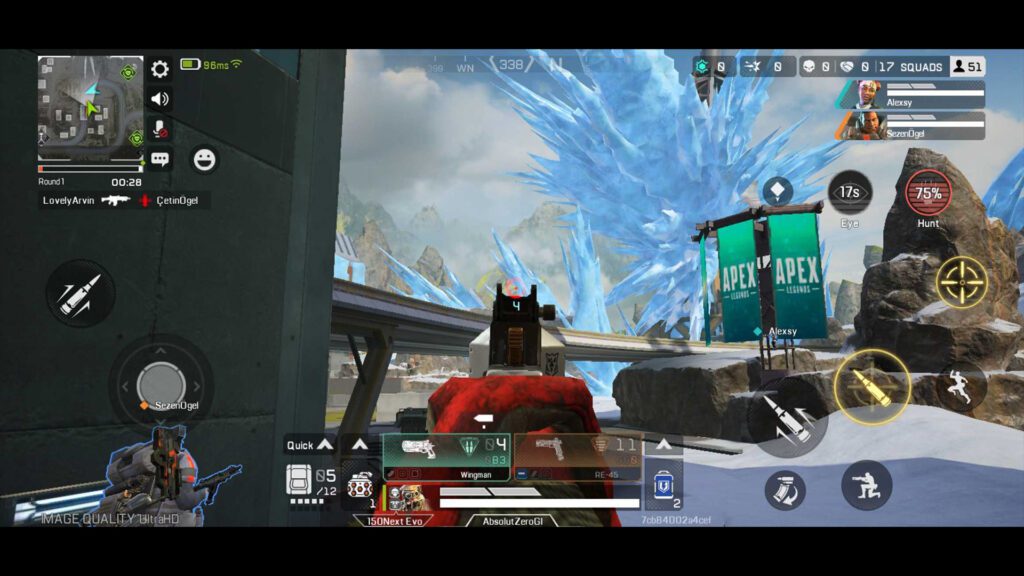3D graphics are a crucial element in creating a memorable and engaging gaming experience as they are essential in immersing players in the game’s world, delivering an interactive experience that feels authentic and believable. With 3D graphics, developers can create visually impressive environments, characters, and objects that look and feel real, providing a compelling visual experience. The creation of 3D graphics for games is a complex and detailed process requiring specialized skills and tools, and as technology advances, game developers can create graphics that are even more lifelike and engaging than ever before. Virtual and augmented reality present new opportunities and challenges for game developers but also offer the potential to create truly groundbreaking gaming experiences.
The Importance of 3D Graphics in Creating a Memorable Game
Games have become an essential form of entertainment for billions of people around the world. They offer a unique combination of storytelling, gameplay, and graphics that can transport players to different worlds, challenge their skills, and offer an escape from reality. However, of all the elements that go into creating a memorable game, 3D graphics are arguably the most critical factor in engaging players and immersing them into the world of the game. This article will explore the importance of 3D graphics in creating a memorable game and how they are created.
Why Are 3D Graphics Important?
The role of 3D graphics in creating a memorable game experience cannot be emphasized enough. These graphics are essential for immersing players in the game’s world, drawing them into the story, and delivering an interactive experience that feels authentic and believable. With 3D graphics, game developers can create visually impressive environments, characters, and objects that look and feel real. They can add depth, texture, lighting, and shading that bring the game to life, providing a compelling visual experience that complements the game’s other elements such as story and gameplay.
3D graphics also enable game developers to create dynamic and interactive environments that respond to player actions, adding an element of realism that makes the game feel more engaging and immersive. This interactivity allows players to interact with the game world in unique and meaningful ways, making them feel like they are part of the game’s story rather than just observers.
How Are 3D Graphics Created?
The process of creating 3D graphics for games is a complex and detailed process that requires specialized skills and tools. Game developers use a variety of software programs and tools to create the 3D models, animations, textures, and other visual elements that make up the game’s graphics. Some of the most commonly used tools in the creation of 3D graphics for games include Blender, Autodesk Maya, and 3DS Max.
The creation of 3D graphics for games typically involves several steps, including conceptualization, modeling, texturing, rigging, and animation. The conceptualization phase involves the creation of the game’s overall visual style and design, which serves as the blueprint for the game’s graphics. Once the design is finalized, game developers move on to the modeling phase, where they create 3D models of the game’s characters, objects, and environments.
Texturing is the process of applying color and texture to the 3D models, adding depth and realism to the game’s graphics. Rigging is the process of attaching bones and control points to the 3D models, creating a skeletal structure that animators use to create animations for the game’s characters and other objects. Finally, animation involves the creation of realistic movements and actions for the game’s characters and objects, bringing them to life in the game world.
The Future of 3D Graphics in Gaming
The importance of 3D graphics in gaming is only going to increase in the future. As technology advances and new tools and techniques become available, game developers will be able to create graphics that are even more lifelike and engaging than ever before. They will be able to create games that push the limits of what is possible, delivering experiences that are truly unique and unforgettable.
The rise of virtual and augmented reality is also going to have a profound impact on the role of 3D graphics in gaming. With VR and AR technology, game developers will be able to create worlds that players can literally step into, experiencing games in entirely new ways. This technology presents a whole new set of challenges and opportunities for game developers, but it also offers the potential to create truly groundbreaking gaming experiences.
Conclusion
Overall, 3D graphics are an essential element of creating a memorable game experience. They enable game developers to create immersive and engaging environments, characters, and objects that look and feel real. The process of creating 3D graphics is complex and requires specialized tools and skills, but the end result is worth it. As technology advances and new tools become available, the future of 3D graphics in gaming is bright, with endless possibilities for creating unforgettable gaming experiences.
